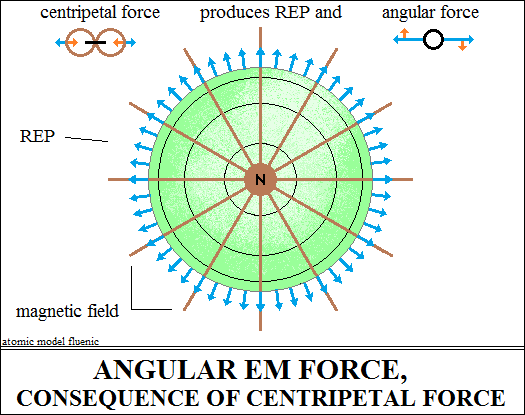The evolution of concepts about existence.
Conceptions of the intelligent beings regarding existence:
Materialism - Idealism - Spiritualism - Vector energy.
Vector energy generates forms: corpuscles (matter), forces and spirit
(the interactions between forms) - the universe. Intelligent beings perceive
only
and only the forms of vector interactions. Existence consists in the temporality
of interactions - in the energy of forms. There can be no forms without
vector
interactions and no interactions without time. The interdependence of
time
and vector interactions defines energy, existing. Conceptions are perceptions
of the intelligent being, through the sense organs. Intelligent beings
result from
the evolution of the planetary biosphere. The planet is the result of
the activity
of the sun, of the "solar planetosphere". The intelligent being
interprets the form
of the activity, not the essence of the phenomena. The essence of the
phenomena
are the interactions of the vector energy, from which the forms result,
which we are
about to understand. The essence of the phenomena generated the internal
structure of the planet, resulting at surface the climate, the conditions
for the
development of the biosphere. Intelligent beings did not understand the
importance of these structures! The forces of attraction and repulsion,
inseparable positive and negative polarities, directivity, orthogonality
are the
properties of vector energy demonstrated by their interactions, in the
form of
space (Faraday's field) and substance. The interactions of the properties
in
the form of substances, at the microscopic and macroscopic level, suggested
laws and rules, demonstrated by measuring instruments, experiments and
the
observations of the sense organs. Knowledge of these laws increased the
power of actions on the biosphere. Intelligent beings, unconsciously,
have
damaged the internal structure of the planet and implicitly of the biostere...
Civilization destroys its biosphere, climate!!!
Oersted's experiment revealed the connection between electricity and magnetism.
Oersted actually revealed the orthogonality property of vector energy.
Electricity sources are polarizations of vector energy, open circuits.
The contact of the open polarities, plus and minus of the source,
simultaneously closed orthogonal vector circuits. In orthogonally closed
vector energy circuits, polarities of opposite signs attract on the shortest
path, on the chords of the curve. This property shortens the length of
the
circuit, simultaneously with the increase in the orientation density of
the
vector energy and implicitly, generates centripetal force. Orthogonally
closed
vector circuits compress each other due to centripetal forces, because
they
cannot cross each other. The orthogonal circuit that completely surrounds

